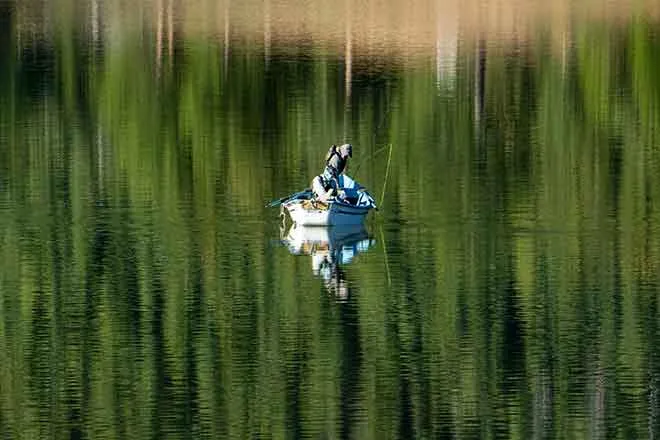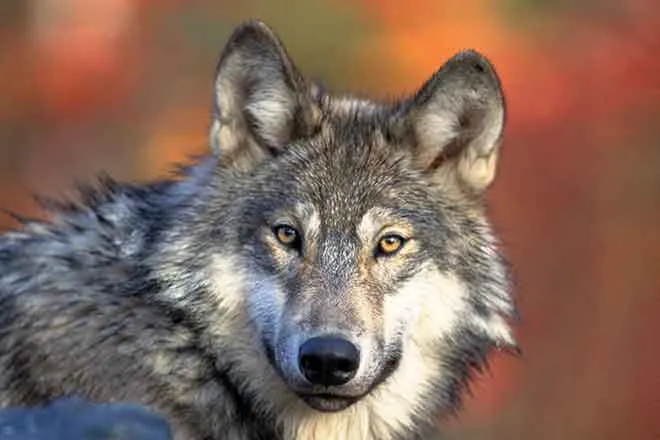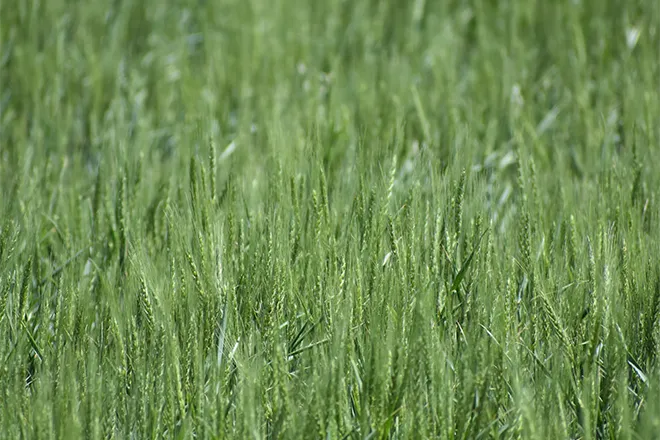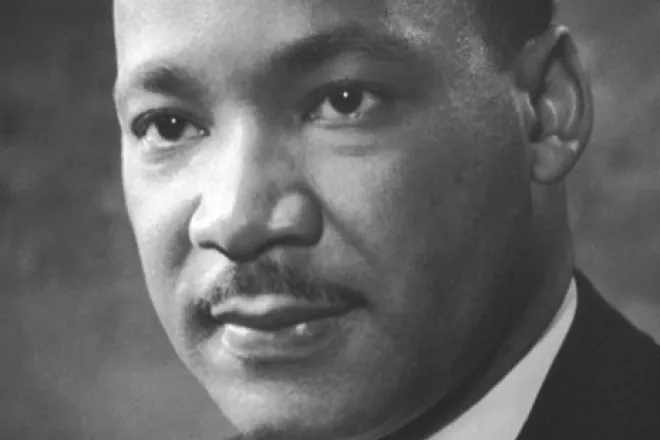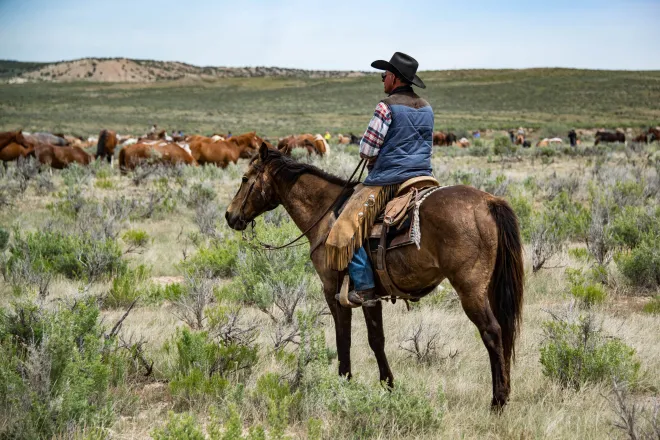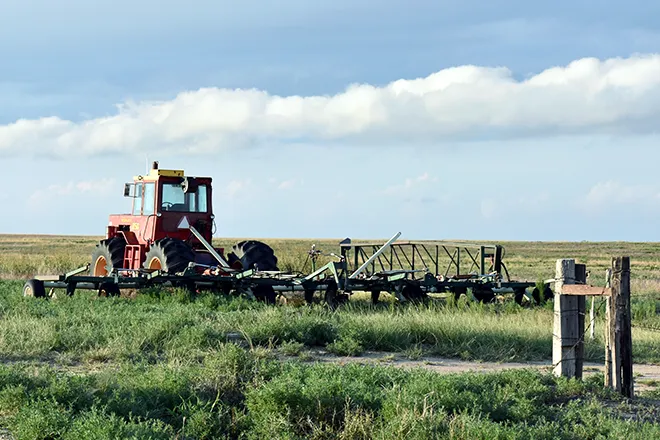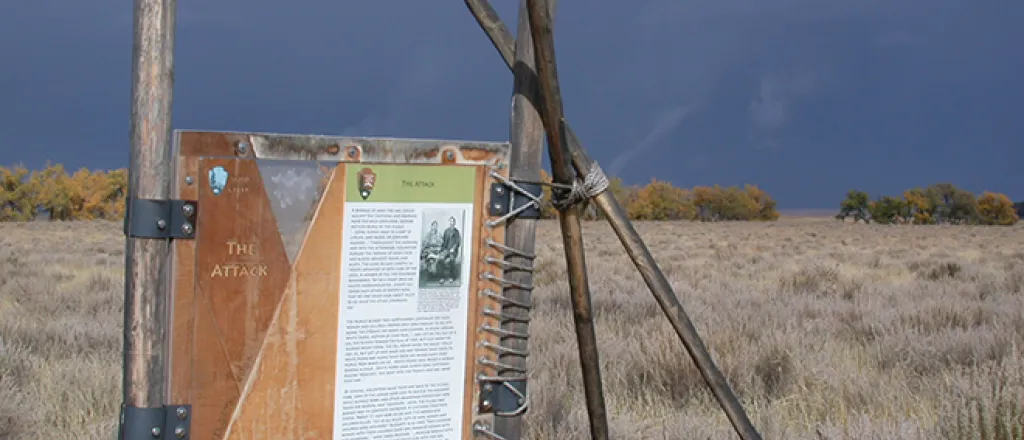
Cheyenne and Arapaho Tribes to present their perspectives on the Sand Creek Massacre
Starting November 19, 2022, a new exhibition The Sand Creek Massacre: The Betrayal that Changed Cheyenne and Arapaho People Forever, opens at the History Colorado Center in Denver.
The exhibition will recount the deadliest day in Colorado history—November 29, 1864—when U.S. troops brutally attacked a peaceful village of Cheyenne and Arapaho who were promised military protection.
This exhibition will include information about the lives of the Cheyenne and Arapaho people before the massacre, life today and our efforts to remember the massacre,” explains Fred Mosqueda (Southern Arapaho), a tribal historian and Sand Creek descendant
The exhibition is the result of a ten-year partnership process beginning in 2012 between History Colorado and the three tribal nations. This new project spotlights the living culture of the Cheyenne and Arapaho, two separate tribes with distinct histories that were bound together forever after the tragedy at Sand Creek. After the massacre, the Cheyenne and Arapaho people were forced to leave Colorado. Today they exist as three sovereign tribal nations in Montana, Oklahoma and Wyoming. The exhibit ends with a look at the three Cheyenne and Arapaho nations today, and represents ongoing efforts to commemorate, educate, and heal from the Massacre.
The exhibition will enable visitors to experience:
- Historic and contemporary objects exploring Cheyenne culture and traditions.
- Photos and artifacts representing Arapaho people from the nineteen hundreds to today.
- Tipis constructed in Cheyenne and Arapaho styles.
- A listening station for oral histories of Cheyenne and Arapaho descendants of the Massacre.
- A listening station for letters written by soldiers who heroically refused their orders to attack the peaceful Cheyenne and Arapaho camp.
- Historical documents from congressional and military investigations that took place following the Massacre.
- The powerful story of the Sand Creek Massacre Spiritual Healing Run that goes from the Massacre site to Denver each year.
- The location and creation of the Sand Creek Massacre National Historic Site, a unit of the National Park Service, and,
- Contemporary sovereignty stories from tribal communities in Montana, Wyoming, and Oklahoma.
Each exhibition element is being vetted and approved by tribal representatives. Following proper protocol, this consultation with the three sovereign tribal governments ensures the display respects the memories of the victims. In fact, at the request of the tribes, no artifacts from the day or site of the Massacre will be in the exhibition.
History Colorado’s co-creators and designated tribal representatives include:
Otto Braided Hair, Jr. of the Northern Cheyenne Tribe of the Northern Cheyenne Reservation, Montana; Ben Ridgley, Gail Ridgely, and Ryan Ortiz of the Northern Arapaho Tribe of the Wind River Reservation, Wyoming; and Fred Mosqueda, Chester Whiteman and Eugene Blackbear of the Cheyenne and Arapaho Tribes, Oklahoma.
The exhibit team is also consulting with other scholars on the Massacre’s national significance, including Dr. Ari Kelman, author of A Misplaced Massacre: Struggling Over the Memory of Sand Creek (Harvard, 2015); Dr. Alexa Roberts, the first Superintendent of the Sand Creek Massacre National Historic Site; and Dr. Laurie Arnold (Sinixt Band of the Colville Confederated Tribes), director of Native American Studies at Gonzaga University.
The Sand Creek Massacre: The Betrayal that Changed Cheyenne and Arapaho People Forever was made possible by substantial grants from the National Endowment for the Humanities, the Institute of Museum and Library Services.
Visitors of the History Colorado Center, along with tens of thousands of school-aged children on field trips, will have the option to access the exhibition’s carefully presented, powerful content.




